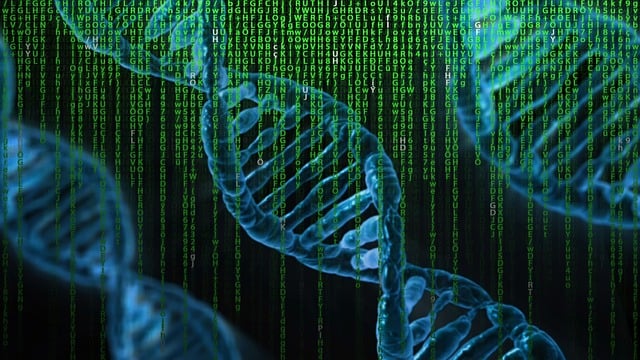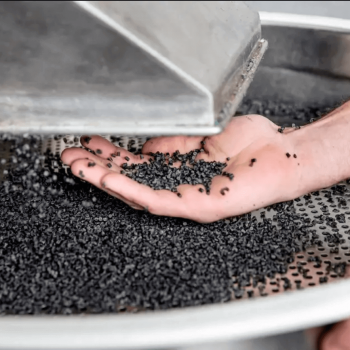The DNA, the hereditary molecule, might enhance QLED TVs and screens with quantum LEDs, even enabling novel 3D displays, as a US research team from the Massachusetts Institute of Technology showed.
They created DNA strand grids as frameworks for quantum rods, enhancing alignment and distances for more efficient quantum LEDs emitting polarized light suited for 3D displays. Modern TVs often feature screens with Quantum Dot LEDs (QLEDs). These light-emitting diodes derive brightness and color from semiconductor nanocrystals. Quantum dots, when stimulated by electric current, release photons through electron and positive “hole” recombination. Due to distinct emitted light wavelengths, colors from quantum dot LEDs are more vivid than traditional LEDs. Quantum Rods (QRs), elongated nanocrystals, could surpass quantum dots in efficiency and versatility. Due to their shape, they produce colored and polarized light, potentially advancing 3D TVs and VR displays using these quantum rods. Alignment is vital; QRs spaced less than ten nanometers apart disrupt each other, diminishing light output. Misaligned rods lead to non-polarized light. Methods exist to align rods afterward, like using electric fields, but these are time-consuming and partially effective.

DNA’s unique self-assembly ability, thanks to complementary base pairs, aids in DNA origami—a method where scientists construct networks, 3D constructs, and even nano-robots. Chi Chen’s MIT team used DNA origami to align quantum rods efficiently. Initially, DNA segments attached to quantum rods via ultrasound emulsification in a saline solution, forming a DNA fringe around the rods. DNA origami also created a grid network of diamond-shaped DNA segments with cross-links, allowing precise orientation within the 2D grid. Quantum rods attached in the final step using complementary DNA sequences, ensuring aligned placement on the 2D surface. Practical tests demonstrated high loading efficiency of quantum dots/rods onto the origami lattice, producing a greater proportion of polarized light compared to control surfaces with disordered quantum rods. DNA origami offers a time-efficient method for quantum LED production. It allows for the manufacturing time reduction from days to minutes while ensuring accurate quantum rod placement. This advancement could refine QLED TVs and pioneer 3D displays based on polarized light. The next goal is to scale the DNA lattice surfaces for commercial use.
Learn more about this topic here.










